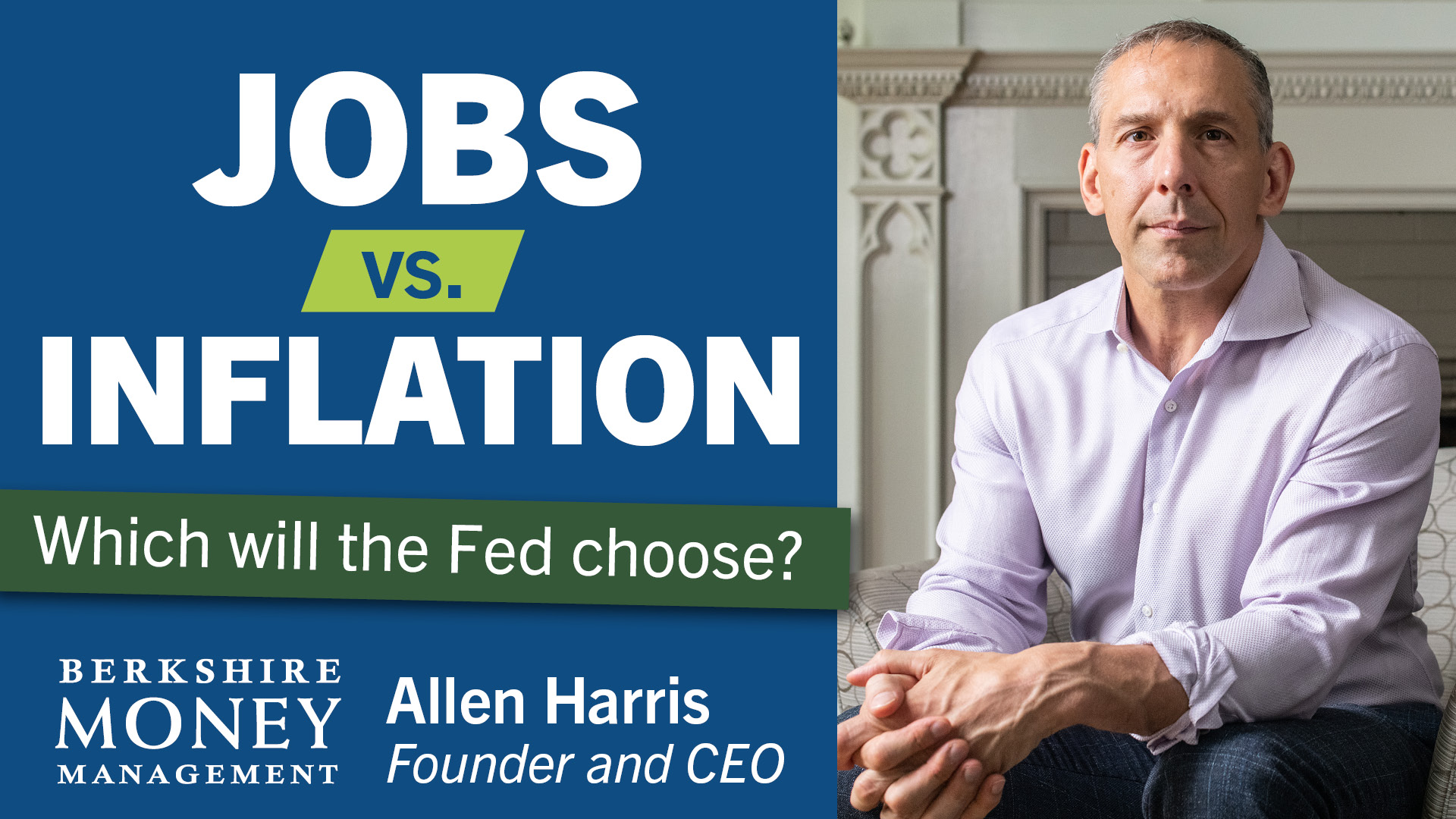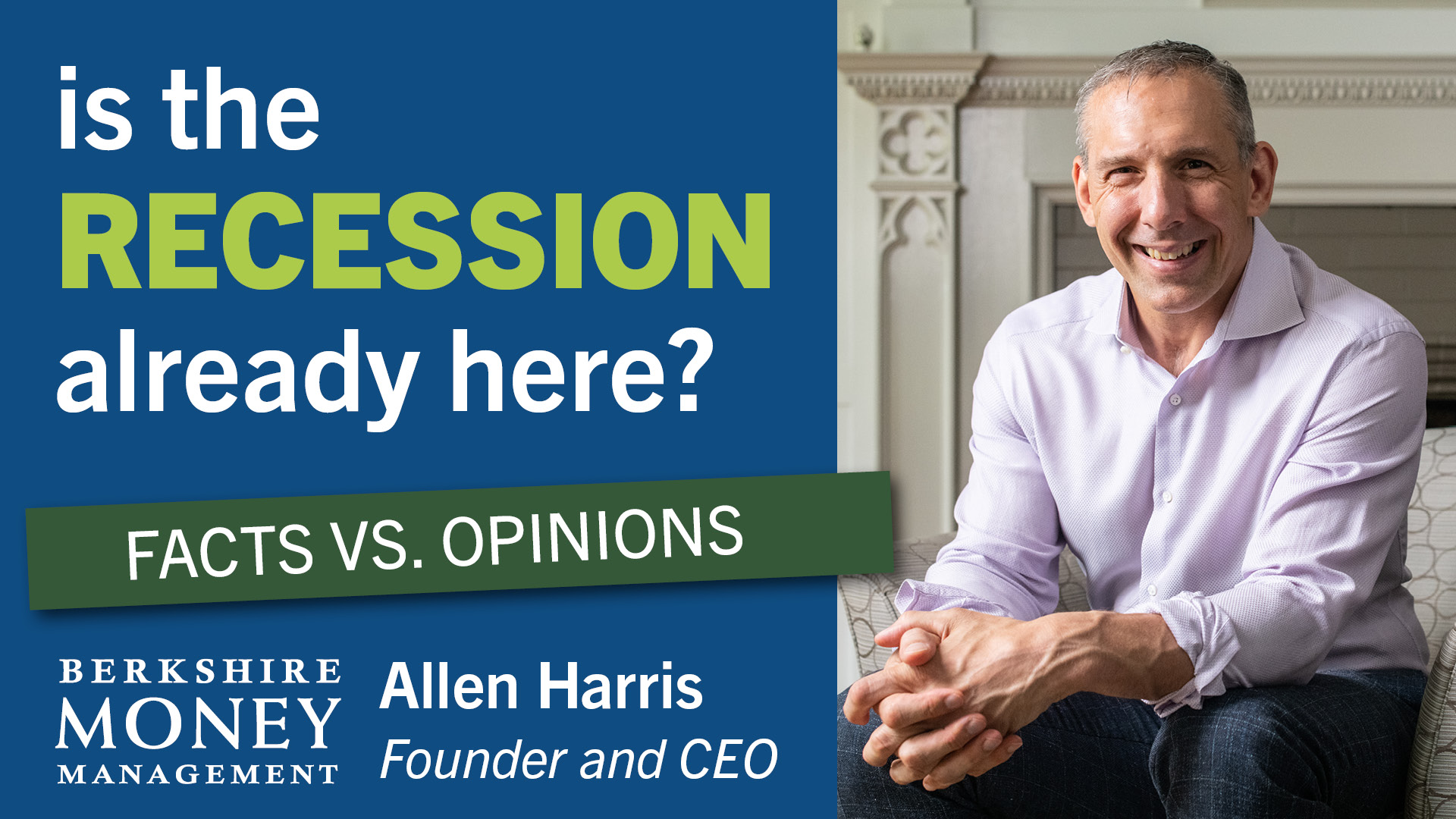What is causing the labor shortage?


There has been much conjecture, but little evidence, as to why the U.S. is experiencing a labor shortage. Some say it’s because people are lazy and are exploiting the system. Some say it’s because greedy employers aren’t paying enough. Many people have made up their minds about “why” there is a labor shortage before enough evidence has been gathered to support any hypothesis. I possess a third consideration, but I’ll try to stay out of that ideological dog fight and report the facts (and maybe a few opinions). If we are intellectually honest about it, we know that people have their reasons why they are not yet back in the labor force — and some of those reasons may not be the ones we want to hear. It serves no purpose to lump people, and their motives, together.
There were 850,000 jobs filled in June 2021, the best monthly gain since August 2020. Half of those gains were at salons, hotels, retail stores, restaurants, and similar in-person roles. The workers in those industries received more significant raises than other employees. From February 2020 to June 2021, average hourly earnings increased for the entire private sector by 6.6%. For leisure and hospitality jobs, the growth was 7.9%. For retail jobs, the increase was 8.6%.
But it’s not all about the money. Keep in mind that we’re still going through a pandemic. Vaccination success has seemingly helped ease pandemic fears. As a result, more people are willing to go back to work. According to the Labor Department, in June 2021, 1.6 million said that the pandemic prevented them from looking for jobs, down from 2.5 million a month prior.
But, yeah, it’s also a little about the money. There have been reports of businesses offering lower-wage workers the type of benefits and courtship typically reserved for the white-collar world, such as sign-on bonuses and out-bidding other employment offers. It feels like that must be part of the reason why people are taking jobs.
Then again, it’s not about the money. For instance, working-from-home is the new raise. The company Blind found that 64% of employees at some of America’s largest companies would turn down a $30,000 annual raise to keep working from home indefinitely. Doesn’t that make it seem as if people do care about things other than the almighty dollar?
And then again, it is about the money. A University of Chicago study found that 42% of workers receiving unemployment benefits are receiving more than they did at their previous jobs. It can’t be an easy choice to take a job you would not enjoy if you can get paid more to stay out of work as you look for something better.
Even with 7.1 million fewer employees now, compared to February 2020, U.S. Gross Domestic Product (GDP) is about $22 trillion — that’s more than the $21.5 trillion pre-pandemic. People will use that data to support their narratives — businesses ask too much of employees, or corporations have figured out how to do more with less. Whatever your interpretation, the data is incredible. US GDP is essentially a combination of population growth plus labor productivity. Over the next year, population growth won’t be anything astounding. However, I assess that labor productivity will be better than at the end of previous recessions.
Typically, the rehires after a recession are the economy’s least productive workers. That might not be as true this time. As health concerns fade further, and childcare and schooling issues are resolved throughout the next few months, skilled workers will reenter the labor force and fill the nearly 9.3 million job openings. I have a high conviction that the economy will grow above trend for the next 12 months. The only thing I see stopping that growth it is a resurgence of COVID-19 hospitalizations or a Federal Reserve mishap.
The NASDAQ 100 Must Rest
For the week ending July 2, 2021, the NASDAQ 100 was up seven weeks in a row. According to Cornerstone Macro, the inception date of the NASDAQ 100 Index was February 4, 1985. Since then, there have been 17 previous instances when the index was up seven weeks in a row. On average, as well as the median, the index was up in weeks eight (last week), nine, and 10. But barely up — ranging from up 0.01% (the median of week 10) to up 0.89% (the average of week eight). The typically hot month of July looks to be a cool one for large-cap growth stocks. In fact, Goldman Sachs said, on July 6, 2021, that stocks are more likely to be lower at the end of the year than higher. Specifically, they expect the S&P 500 to finish 2021 at 4,300 points. That’s just 50 points lower than when they made that claim.
I don’t want you to be fooled into thinking that a lull is a time to sell. Sure, we may have some moments that are less than cool and are downright chilling, but those 5–10% pullbacks are to be expected. For now, it’s okay to maintain your equity allocation.
Historically, some of the best times to sell have been when the Federal Reserve makes a misstep in monetary policy or when things like high oil prices or excess inventory have nudged the U.S. into recession.
We have more of a supply chain issue than an excess of inventory, so that’s not a problem. However, oil prices are high and probably will go higher. That’s also partially a supply chain issue, which OPEC+ (the Organization of Petroleum Exporting Countries plus 10 of the world’s major non-OPEC oil-exporting nations) is already working on (albeit slowly). OPEC+ cut 5.8 million barrels per day (b/d) from production in response to the pandemic-induced recession.
In the U.S., the 2020 decrease of oil production from 12.2 million barrels per day to 11.3 million b/d was the country’s largest annual decline, per the U.S. Energy Information Administration’s records. If prices get much higher, oil producers may bring more rigs online. As prices inch higher, OPEC+ will likely move more quickly to increase output so that higher prices don’t encourage more drilling from around the world. I believe that higher oil prices will be resolved by supply catching up to demand (at least resolved to the point where higher prices won’t be recession-inducing.)
The other thing that causes a bear market is a contraction of earnings growth. However, as I said last week, earnings expectations may be overly ambitious, but they are solidly higher nonetheless. I will watch this closely, though, because it’s not all about the level of earnings; it’s also about earnings meeting or missing expectations.
I am willing to endure a correction because I don’t yet see what will stop the market’s momentum. The stock market looks exhausted and needs to rest, but the bull market isn’t sleeping with the fishes.
Allen Harris is the owner of Berkshire Money Management in Dalton, Mass., managing investments of more than $600 million. Unless specifically identified as original research or data-gathering, some or all of the data cited is attributable to third-party sources. Unless stated otherwise, any mention of specific securities or investments is for illustrative purposes only. Adviser’s clients may or may not hold the securities discussed in their portfolios. Adviser makes no representations that any of the securities discussed have been or will be profitable. Full disclosures. Direct inquiries: aharris@berkshiremm.com.
This article originally appeared in The Berkshire Edge on July 12, 2021.




